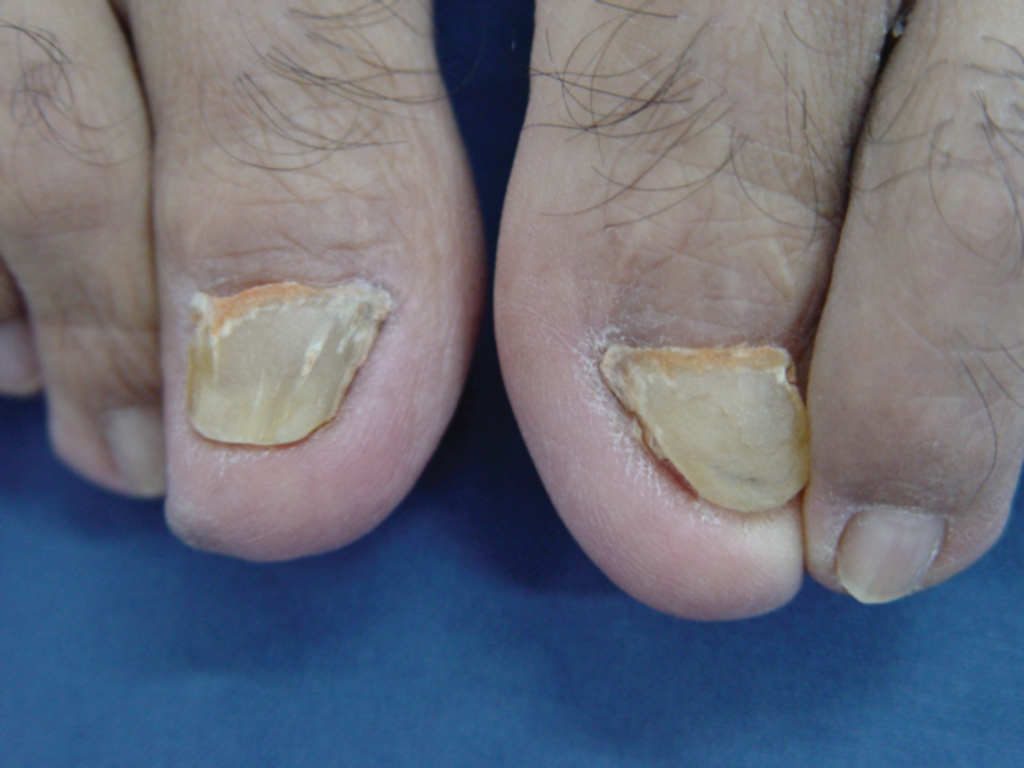When Should You Consider a Matrixectomy for Toenail Issues?
When Should You Consider a Matrixectomy for Toenail Issues?

Toenail issues can be a real pain, both literally and figuratively. While many of us deal with the occasional stubbed toe or hangnail, some toenail problems can become chronic and severe, significantly affecting our daily lives. In such cases, conventional treatments may not provide lasting relief, and it might be time to consider a more definitive solution: a matrixectomy.
Understanding Toenail Problems
Before diving into when a matrixectomy is appropriate, it’s essential to understand the types of toenail issues that might lead you down this path.
- Ingrown Toenails: One of the most common toenail issues, an ingrown toenail occurs when the edge of the nail grows into the surrounding skin. This can cause pain, swelling, redness, and even infection. While minor ingrown toenails can often be managed with at-home care, severe or recurrent cases may require more aggressive treatment.
- Fungal Infections: Toenail fungus, or onychomycosis, can cause thickened, brittle, and discolored nails. In some cases, the infection can be so severe that it leads to pain or discomfort when wearing shoes or walking. Although antifungal medications are typically the first line of treatment, stubborn infections may persist.
- Nail Trauma: Accidents or repetitive trauma can damage the nail matrix, the part of the nail bed responsible for producing new nail cells. This damage can lead to deformed or painful nails, which might not improve without surgical intervention.
- Chronic Paronychia: Paronychia is an infection of the skin around the nail. When it becomes chronic, the nail may start to grow abnormally, leading to pain and recurrent infections.
What Is a Matrixectomy?
A matrixectomy is a surgical procedure that involves the removal or destruction of part or all of the nail matrix. The matrix is the tissue under the base of the nail that produces the cells that form the nail. By removing or destroying this tissue, the nail is prevented from regrowing. Depending on the severity of the issue, a matrixectomy can be partial (removing a portion of the matrix) or complete (removing the entire matrix).
When Should You Consider a Matrixectomy?
Now that we have a better understanding of toenail issues and the matrixectomy procedure, the question remains: when should you consider this option?
- Recurrent Ingrown Toenails: If you’ve been struggling with recurrent ingrown toenails that don’t respond to conservative treatments, a matrixectomy might be the solution. This procedure can permanently prevent the ingrown portion of the nail from regrowing, providing long-term relief from pain and infection.
For those who have undergone multiple rounds of nail trimming, antibiotics, and other interventions without success, a matrixectomy offers a definitive solution. After the procedure, you won’t have to worry about the nail causing the same problem again, freeing you from the cycle of pain and infection.
- Persistent Toenail Fungal Infections: Chronic fungal infections that don’t respond to antifungal medications can be particularly frustrating. If your toenail has become thickened, discolored, and painful, a matrixectomy might be the next step. By removing the infected nail and preventing its regrowth, you eliminate the source of the infection and give the surrounding skin a chance to heal.
In cases where the fungus has caused significant damage to the nail matrix, a matrixectomy can provide relief and improve the appearance of the affected toe. While it’s not always necessary for mild infections, it’s worth considering if other treatments have failed.
- Nail Deformities Due to Trauma: Trauma to the toenail, whether from a single injury or repeated stress, can result in a deformed, painful nail. When the nail matrix is damaged, the nail may grow irregularly or fail to grow at all. This can lead to chronic pain, difficulty wearing shoes, and even infections.
In such cases, a matrixectomy can remove the problematic nail and prevent the deformed nail from regrowing. This can be particularly beneficial if the nail is causing ongoing discomfort or if you’re unable to perform daily activities without pain.
- Chronic Paronychia: If you’ve been dealing with chronic paronychia that doesn’t respond to antibiotics or other treatments, a matrixectomy may be necessary. This procedure can remove the source of the infection, allowing the surrounding tissue to heal. While a matrixectomy is typically considered a last resort, it can provide relief for those who have exhausted other options.
- Cosmetic Concerns: For some individuals, toenail issues aren’t just about pain or infection—they’re also about appearance. If you’re self-conscious about the appearance of a damaged or discolored toenail and other treatments haven’t helped, a matrixectomy might be an option. By removing the problematic nail, you can improve the appearance of your foot and boost your confidence.
What to Expect During and After a Matrixectomy
If you’re considering a matrixectomy, it’s essential to know what to expect. The procedure is typically performed in a podiatrist’s office under local anesthesia, meaning you’ll be awake but won’t feel any pain in the affected toe. The surgeon will carefully remove or destroy the nail matrix, depending on whether a partial or complete matrixectomy is being performed.
After the procedure, you’ll need to keep the area clean and dry to prevent infection. Your podiatrist will provide specific instructions on how to care for your toe, including how to change dressings and when to follow up for a check-up. It’s normal to experience some discomfort after the procedure, but this can usually be managed with over-the-counter pain relievers.
In most cases, patients can return to normal activities within a few days, although you’ll need to avoid strenuous activities or wearing tight shoes until the toe has fully healed. The healing process can take several weeks, but the results are typically long-lasting.
The Benefits of a Matrixectomy
One of the most significant benefits of a matrixectomy is its effectiveness. For those dealing with chronic toenail issues, this procedure can provide permanent relief, allowing you to enjoy a pain-free life. Whether you’re dealing with recurrent ingrown toenails, stubborn fungal infections, or other nail problems, a matrixectomy offers a solution that addresses the root cause of the issue.
Additionally, a matrixectomy can improve the appearance of your feet, particularly if you’ve been dealing with unsightly nail deformities or discoloration. By removing the problematic nail and preventing its regrowth, you can achieve a more aesthetically pleasing result.
Conclusion
Toenail issues can be more than just a minor annoyance—they can significantly impact your quality of life. If you’ve been dealing with chronic or severe toenail problems that don’t respond to other treatments, it might be time to consider a matrixectomy. This procedure offers a permanent solution to many common toenail issues, providing relief from pain, infection, and discomfort. Consult with a podiatrist to determine if a matrixectomy is the right option for you, and take the first step toward healthier, happier feet.




